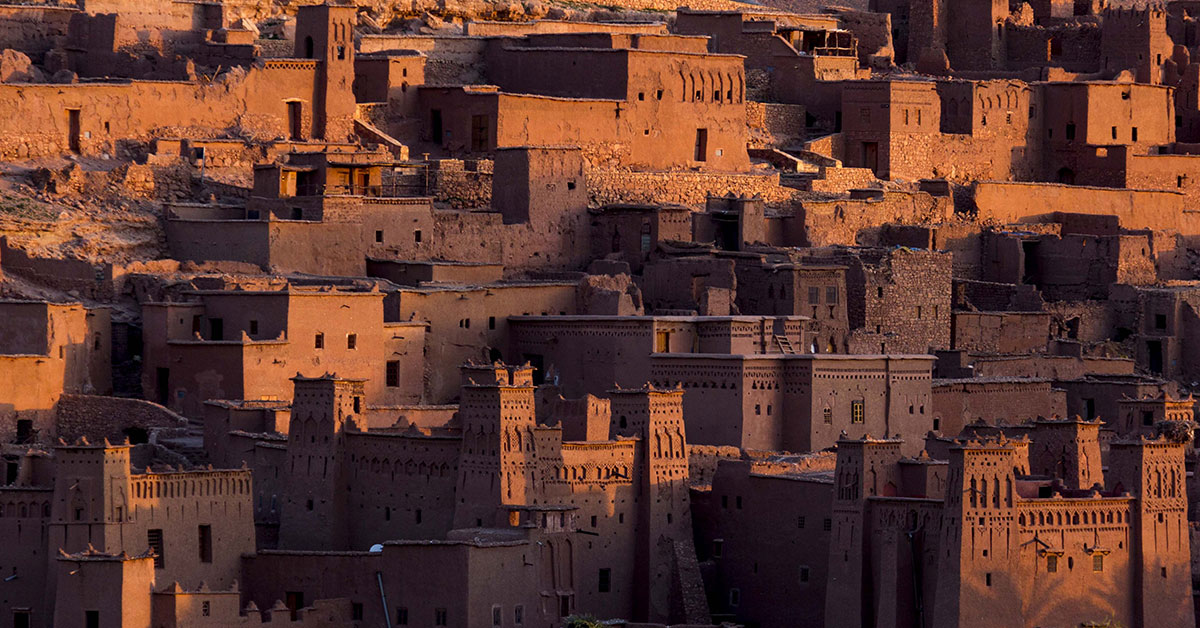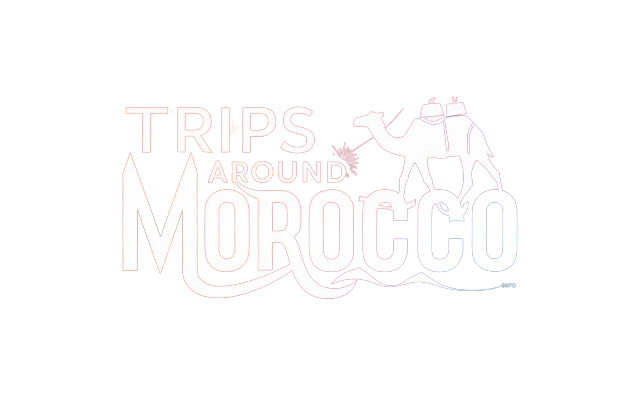
Jewish Heritage Tour in Morocco
Jewish Heritage Tour in Morocco: Morocco stands as one of the world’s most meaningful destinations for travelers seeking to explore Jewish history, culture, and traditions. From ancient mellahs to restored synagogues, sacred pilgrimage sites, and living communities, Morocco offers a rich tapestry of Jewish life that has flourished for more than two millennia.
With its mountains, Atlantic coast, palm oases, and imperial cities, Morocco is a country where Jewish and Muslim heritage intertwine. For many visitors, especially those of Moroccan Jewish descent, traveling through the kingdom is an emotional return to the stories of their ancestors.
The Jewish presence in Morocco dates back over 2,000 years. Before 1948, the country was home to nearly 275,000 Jews, one of the largest Jewish communities in the Muslim world. Today, around 2,500 Jews remain, mostly in Casablanca, yet the footprint of Jewish life remains visible in every corner of the country. Mellahs, cemeteries, restored synagogues, Jewish museums, and pilgrimage sites are preserved and honored as part of Morocco’s national identity.
Below is a complete, in-depth Jewish Heritage Tour of Morocco, designed for travelers who want to experience the spiritual, historical, and cultural heart of Jewish Morocco.
Casablanca, The Modern Center of Jewish Life
Casablanca is home to the largest Jewish community in Morocco today. The city preserves a vibrant network of synagogues, kosher restaurants, community institutions, and cultural landmarks.
Museum of Moroccan Judaism
Located in the Oasis district, this museum is the only dedicated Jewish museum in the Arab world. Its exhibitions include:
- Torah scrolls
- Traditional garments
- Ritual objects
- Archival photographs
- Judaic arts and crafts
It serves as a powerful reminder of the community’s deep roots in Moroccan history.
Beth-El Synagogue
Often regarded as the spiritual heart of Casablanca’s Jewish community, Beth-El is known for:
- Magnificent stained-glass windows
- Ornate interior architecture
- Active services during holidays
Additional synagogues include Temple Em Habanim and Neve Chalom, each offering insight into contemporary Jewish life.
Neighborhood Walks
A guided walk through Casablanca’s former Jewish residential districts reveals bakeries, community buildings, and schools that once held thousands of students. Visitors often meet community members who keep traditions alive.
Marrakech, The Mellah, Lazama Synagogue & Sacred Pilgrimage Sites
Marrakech, with its rose-colored walls and lively souks, holds a mellah established in the 16th century. Although only a small number of Jews remain today, the neighborhood preserves one of the richest Jewish legacies in the country.
The Mellah of Marrakech
The mellah is a maze of alleys where Jewish families once operated spice shops, tailors, and traditional workshops. Remnants of mezuzah markings can still be found on old doorframes.
Lazama Synagogue
Painted in signature blue and white, the Lazama is one of the most visited synagogues in Morocco. Highlights include:
- A peaceful courtyard
- Gazelle-skin Torah scrolls
- A small museum of community memory
- A traditional mikveh tucked beneath the building
- Temple Beth-El (Gueliz District)
This modern synagogue serves Marrakech’s contemporary community and welcomes visitors for Shabbat services.
Pilgrimage Sites Near Marrakech
Morocco is known for hilulot, annual pilgrimages honoring revered rabbis. Near the High Atlas Mountains lies the tomb of Rabbi Chaim Pinto and the resting place of Rabbi Shlomo Bel-Hench, both attracting visitors from around the world.
Essaouira, A Coastal Gem with Deep Jewish Roots
A popular day trip from Marrakech, Essaouira (formerly Mogador) was once home to a predominantly Jewish population. Notable sites include:
- Haim Pinto Synagogue
- The Old Jewish Cemetery
- Bayt Dakira (House of Memory)
- Former Jewish merchant houses bearing the Star of David
Every September, Jews from around the world gather for the pilgrimage honoring Rabbi Haim Pinto.
Fes, Home of Rabbinical Leadership & Ancient Synagogues
Fes, Morocco’s oldest imperial city, had one of the most influential Jewish communities in North Africa.
- Ibn Danan Synagogue
- Restored with international support, this 17th-century synagogue features:
- Hand-painted wooden ceilings
- A restored Torah ark
- Stone mikveh
- Hebrew inscriptions
- The Mellah of Fes
Founded in the 15th century, this mellah is one of Morocco’s oldest. Its narrow lanes reveal:
- Wooden balconies
- Traditional workshops
- Synagogues hidden behind modest facades
- The Jewish cemetery with distinctive white tombs
The cemetery is the resting place of notable figures such as Solika Hatchuel, remembered for her courage and devotion to her faith.
Maimonides in Fes
One of Judaism’s greatest scholars, Rabbi Moses ben Maimon (Maimonides), lived in Fes between 1159 and 1165. His former home is marked within the medina, offering a moment of reflection for many visitors.
Sefrou, Bhalil & Middle Atlas Villages, “Little Jerusalem”
Just south of Fes lies Sefrou, once a thriving Jewish town where Muslims and Jews lived side by side, sharing traditions and festivals.
- Highlights of Sefrou
- Narrow streets lined with Jewish balconies
- The remains of a vibrant mellah
- A cemetery with ancient tombstones
- Stories of craftsmen, merchants, and rabbis who helped shape the town
Nearby Bhalil, known for its cave homes, preserves a Jewish cemetery that reflects centuries of coexistence.
A 10-Day Jewish Heritage Tour in Morocco: Complete Itinerary
This itinerary blends a Jewish Heritage Tour in Morocco with broader cultural, architectural, and natural beauty.
Day 1: Arrival in Casablanca
- Visit Beth-El Synagogue
- Explore the Museum of Moroccan Judaism
- Dinner at a kosher restaurant
Day 2: Casablanca Jewish Heritage → Rabat
- Explore synagogues and Jewish districts
- Drive to Rabat
- Visit the Royal Palace, Hassan Tower, and Chellah
- See the remains of Rabat’s mellah
Day 3: Rabat → Meknes → Volubilis → Fes
- Tour Meknes’s mellah and synagogues
- Visit the tomb of Rabbi David Benmidan
- Explore Volubilis, Morocco’s Roman city
Day 4: Fes Jewish & Muslim Heritage Tour
- Ibn Danan Synagogue
- The Mellah
- University of Al Quaraouiyine
- Palaces, gardens, and artisanal quarters
Day 5: Excursion to Sefrou & Bhalil
- Sefrou’s “Little Jerusalem” history
- Jewish cemetery visits
- Stories of interfaith life
Day 6: Fes → Ifrane → Beni Mellal → Marrakech
- Stop in “Little Switzerland”
- Scenic drives through cedar forests
- Overnight in Marrakech
Day 7: Marrakech Jewish & Historical Tour
- Lazama Synagogue
- Mellah
- Saadian Tombs
- Bahia Palace
- Majorelle Garden & Berber Museum
Day 8: Leisure Day in Marrakech
- Spa and hammam
- La Mamounia Gardens
- Optional cooking class or shopping tour
Day 9: Day Trip to Essaouira
- Visit Jewish heritage sites
- Explore artisan workshops
- Walk the historic ramparts
Day 10: Departure
Transfer to Marrakech or Casablanca airport.
